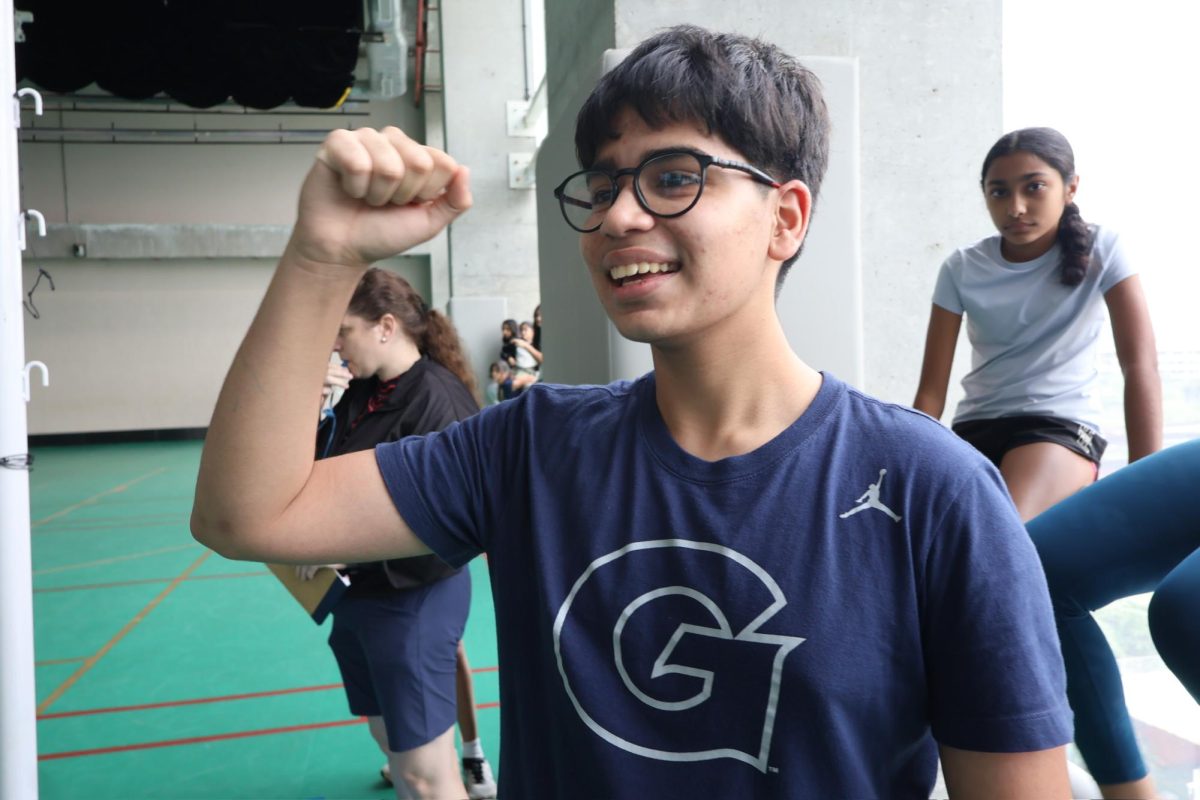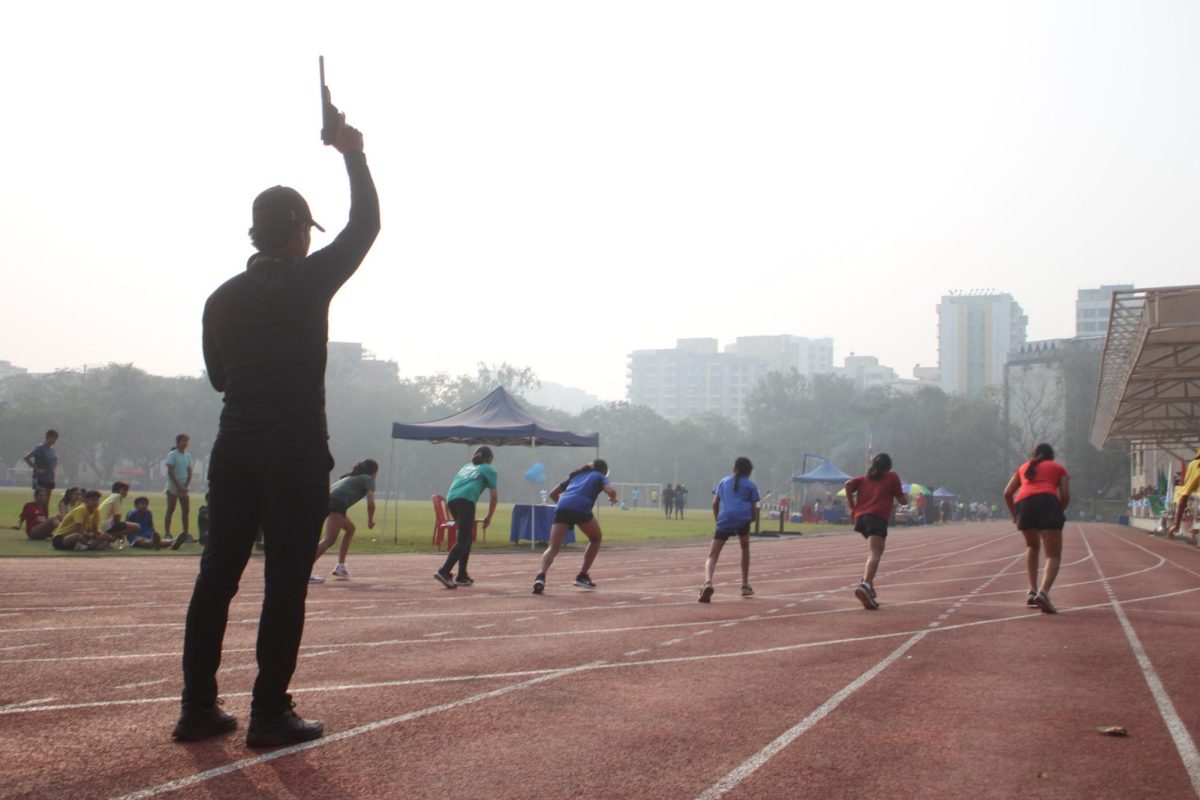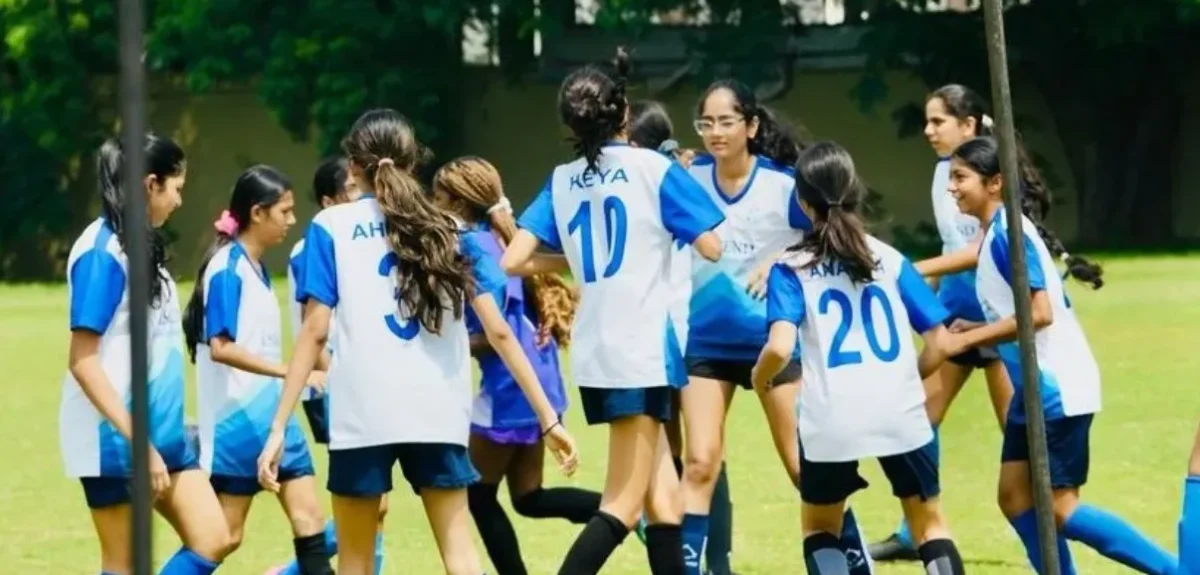Sports day is the most anticipated day of every academic year at Ascend, and every year it changes around, however this year sports day was taken to an even bigger and better scale, which meant a lot more changes came its way. From the inclusion of permanent houses, to preliminary rounds and the much argued upon key-player rule, these new changes brought around many conversations and arguments, which ultimately asked the question, which new changes worked, and which didn’t?
First Change: Separation of Gender in Sports and Key Player Rule
The separation of gender in sports allowed all people to showcase their talent and take part in these sports. Many people were happy with this change as it gave them a platform to show the people what they can do. This was until we were told about the ‘Key Player Rule’, the rule where the teachers decided who was the best player and forbade them to play half of the match. This rule disadvantaged teams that had 1-2 players that actually knew the sport and were guiding their team on the court. Considering that the senior basketball and football teams were short on substitutes due to a lack of players, the key player rule meant that players who were not even comfortable in the sport and didn’t have anyone to guide them, struggled. However it presented a new challenge for those players, to step outside of their comfort zone and play sports they had never played.

In the case of the Red vs Blue senior girls basketball match, the red team had a much stronger basketball team, with their entire starting five playing basketball consistently, whereas the blue team had only one player that consistently played basketball, and she was a junior as well. This meant that while red marked one of their players as a key-player, their team didn’t suffer as they had another four that still knew the game and could still play. However as blue only had one player, this meant their team on the court had no one to guide them when their key player had to be taken off, or give them any sort of advantage. Ishita Ambekar, captain of the Blue Team said this about the rule– “It definitely had an impact on our girls team, as when we had to sub out our key player as part of the rules and then we essentially had no team.” Ishita went on to say– “This also led the girls on the pitch to be demotivated, as they were completely inexperienced players, playing a team of girls who were consistently playing and part of a team.” Chhavi Gahlaut, one of the key basketball players within the yellow senior girls category said– “ I felt it would have been better to have our key players playing throughout, as well as the opposing team having their key players as well. But at the end of the day, it’s just sports day and every team will do what’s best for their own, we were just there to have fun and try our best regardless of the outcome.”
So while the key player rule had a lot of mixed opinions on it, arguing whether it did actually benefit the teams, or only favored stronger teams, it was an interesting rule to bring in, that ultimately aimed to create fair play, and allow others to have the opportunity to play and explore sports they had never before.
Second Change: Introduction of Permanent Houses
This year’s sports day was the first to witness the loyalty and dedication of permanent houses, which had been requested by students since last year with the introduction of the temporary houses. Each person was assigned to a house, Red, Blue, Yellow, or Green, however unlike the previous year, these houses are permanent. Whichever house you are currently in, is the one that you will be in for the rest of your school years, which led to a great display of each commitment, creating banners, team spirit, as well as creating flags. This was mainly showcased during the march but was present throughout the day, with seniors cheering on juniors (and vice versa), banter with opposing houses, having a sense of togetherness within your house and so much more.

Third Changes: Division of Preliminary Rounds and Finals
One of the biggest changes to this year’s sports day was the division of preliminary rounds and finals. Last year the entire semi-finals and finals of throwball, football and basketball took place on the actual sports day itself. However this year to not tire out the students so much, sports day took place over two days– the first day being the preliminary rounds to football (junior and senior) and the semi-finals and finals of football (junior and senior). The football finals continued the next day at Wings, at a much larger football field. This allowed the players not to feel so tired during sports day, as well as not stretch out the day, especially since students start to feel hot and faint. While this was a great change and allowed players to rejuvenate and focus on the individual events the next day, it did lead some players injured, and not allow them to perform to the best of their abilities.
Fourth Change: Point System
With the introduction of permanent houses, that meant that there had to be one clear winner, and to find out that one clear winner, a point system this year was introduced. Up for grabs for both team and individual events, was 20 points for your house for first place, 17 points for second place, and 13 points for third place. In the case of team events, the third place was decided on whichever team had a greater difference. The point system brought a fair bit of conversation amongst the students and captains, as the captains were unclear on the system themselves, and only gained some clarity by the end of the first day. It was also argued that the difference for first and second place was too short, and that 13 points for third place was generous, since that team wouldn’t have even qualified. Diya Suriya, Captain of the current champions — Green House said this about the point system– “While I do think that the margin between first, second and third place was too short, it did bring a level of competitiveness, and that it truly was any houses’ tournament to win. I do feel like however winning first is a much bigger feat than second place, as I saw with Green winning both the junior boys and girls basketball, with our level of determination and willingness that victory felt slightly tainted with the fact that we had only gained 3 more points than the opposing team.” Even participation points played a huge role, largely attributing to the success of the Green Team. Overall while the point system being introduced was a clear way of understanding how and which teams won and keeping an element of competitiveness, it did create some disputes.














